Robust Face Recognition Based on a New Supervised Kernel Subspace Learning Method
- PMID: 30959875
- PMCID: PMC6479936
- DOI: 10.3390/s19071643
Robust Face Recognition Based on a New Supervised Kernel Subspace Learning Method
Abstract
Face recognition is one of the most popular techniques to achieve the goal of figuring out the identity of a person. This study has been conducted to develop a new non-linear subspace learning method named "supervised kernel locality-based discriminant neighborhood embedding," which performs data classification by learning an optimum embedded subspace from a principal high dimensional space. In this approach, not only nonlinear and complex variation of face images is effectively represented using nonlinear kernel mapping, but local structure information of data from the same class and discriminant information from distinct classes are also simultaneously preserved to further improve final classification performance. Moreover, in order to evaluate the robustness of the proposed method, it was compared with several well-known pattern recognition methods through comprehensive experiments with six publicly accessible datasets. Experiment results reveal that our method consistently outperforms its competitors, which demonstrates strong potential to be implemented in many real-world systems.
Keywords: biometrics; dimensionality reduction; face recognition; kernel trick; manifold learning; subspace learning.
Conflict of interest statement
The authors declare no conflict of interest.
Figures


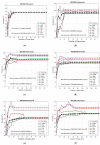

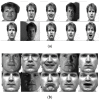



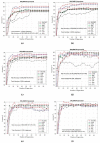

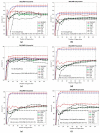

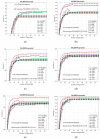






References
-
- Yang M.-H., Ahuja N., Kriegman D. Face recognition using kernel eigenfaces; Proceedings of the Image Processing; Vancouver, BC, Canada. 10–13 September 2000.
-
- Belhumeur P.N., Hespanha J.P., Kriegman D.J. Eigenfaces vs. Fisherfaces: Recognition Using Class Specific Linear Projection. Yale University; New Haven, CT, USA: 1997.
-
- Yanagawa Y., Sakuragi M., Minato Y. Face Identification Device. No. 7,853,052. U.S. Patent. 2010 Dec 14;
MeSH terms
LinkOut - more resources
Full Text Sources

